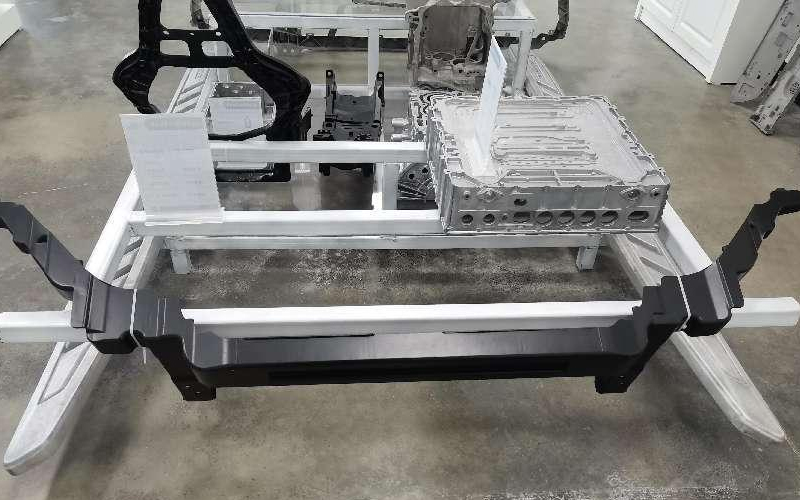In the field of manufacturing, the advancement of metal forming techniques has been crucial in achieving high-quality products with enhanced mechanical properties. One such technique that has gained significant attention is squeeze casting. This process combines the advantages of both casting and forging, resulting in improved material properties and reduced production costs. In this article, we will explore the concept of squeeze casting, its advantages, and its applications in various industries.
Understanding Squeeze Casting
Squeeze casting, also known as liquid metal forging, is a metal forming technique that involves the simultaneous application of high pressure and temperature during the solidification process. It is a hybrid process that combines the advantages of casting, such as near-net shape production, with those of forging, such as improved mechanical properties. The process begins by injecting molten metal into a preheated die cavity. Once the cavity is filled, a high pressure is applied to the molten metal, usually with the help of a hydraulic press. This pressure helps in reducing porosity, improving mechanical properties, and achieving a denser microstructure compared to conventional casting methods.
Advantages of Squeeze Casting
Squeeze casting offers several advantages over traditional casting methods, making it an attractive option for many industries. Firstly, this technique allows for the production of near-net shape components, reducing the amount of machining required and thereby lowering production costs. The process also eliminates the need for additional heat treatments, saving both time and energy. Moreover, squeeze casting results in improved mechanical properties, such as higher tensile strength, hardness, and fatigue resistance, due to the refined microstructure obtained through the application of pressure.
Applications of Squeeze Casting
Squeeze casting finds applications in a wide range of industries, including automotive, aerospace, and defense. In the automotive industry, this technique is commonly used for manufacturing engine components, such as pistons and cylinder heads. The improved mechanical properties achieved through squeeze casting make these components more durable, thereby enhancing the overall performance of the engine. Similarly, in the aerospace industry, squeeze casting is employed to produce critical components like turbine blades, which require high strength and resistance to extreme temperatures. The combination of near-net shape production and superior mechanical properties makes squeeze casting an ideal choice for such applications.
Challenges and Future Scope
While squeeze casting offers numerous advantages, there are certain challenges associated with its implementation. One such challenge is the design of the die, which needs to withstand high pressures and temperatures. Additionally, the process requires precise control over parameters such as pressure, temperature, and cooling rate to ensure the desired material properties. However, with advancements in technology and research, these challenges are being addressed, and squeeze casting is becoming more widely adopted.
In terms of future scope, squeeze casting holds great potential for further advancements. Researchers are exploring the integration of advanced alloys and composite materials in the process to achieve even better material properties. Additionally, efforts are being made to optimize the process parameters and develop simulation models for better control and prediction of the final product’s properties.
Conclusion
Squeeze casting is an advanced metal forming technique that offers several advantages over traditional casting methods. The combination of near-net shape production and improved mechanical properties makes it highly desirable for various industries. The automotive and aerospace sectors, in particular, have greatly benefited from the implementation of this process. With continuous research and development, squeeze casting is expected to play an even more significant role in the manufacturing industry, revolutionizing the production of high-quality metal components.

 0086-750-5616188
0086-750-5616188 +86 13392089688
+86 13392089688 sales@zhongmei-tech.com
sales@zhongmei-tech.com














